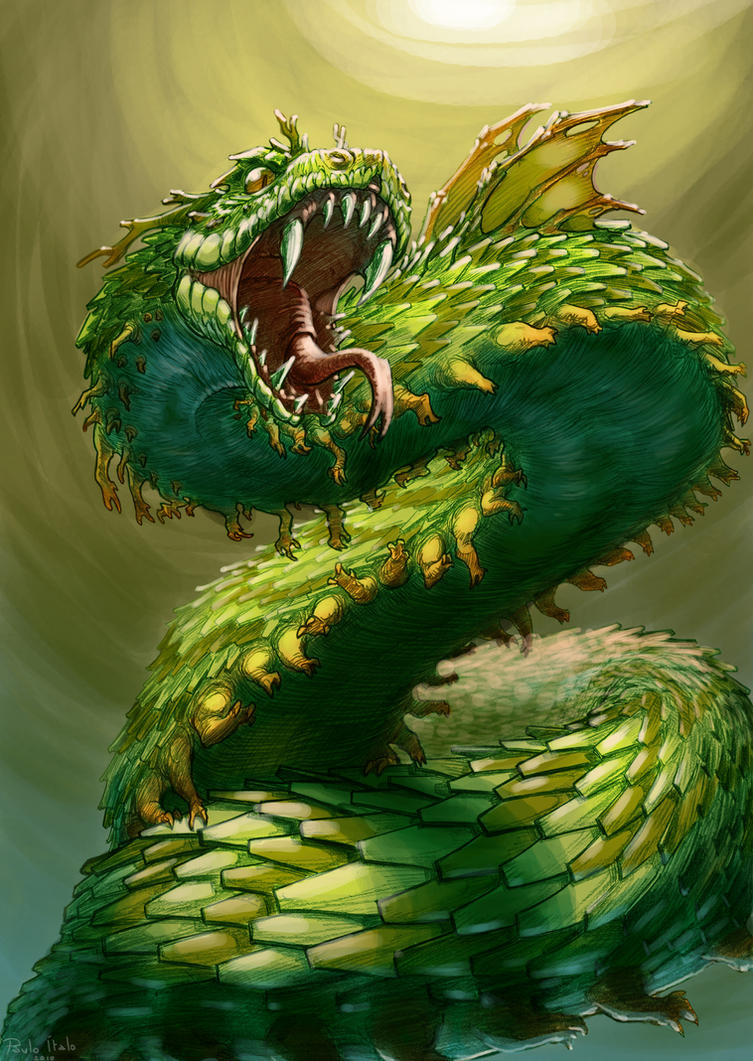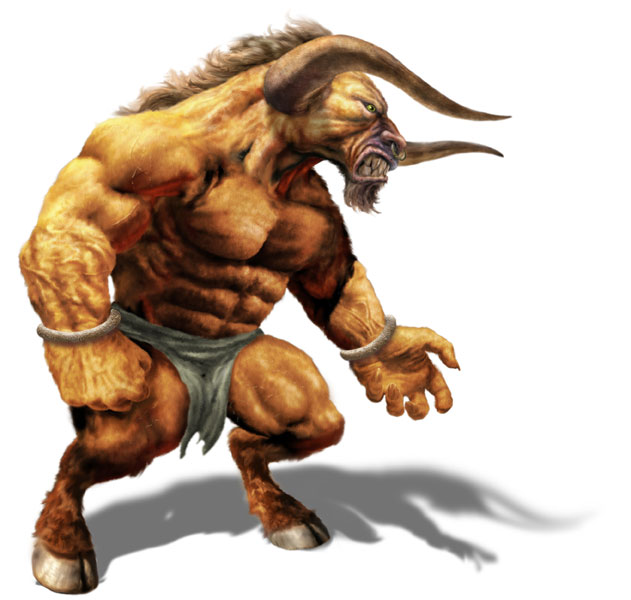The Kraken is usually depicted as squid or octopus-like, but much bigger. It is said to grow to a phenomenal size. The tentacles may reach 900 feet, or 374 metres, and their body length remains a mystery. They can be as wide as 500 feet, 152 metres. They have often been mistaken for islands when they are at the surface and unwitting sailors have landed, hoping to find food or water. Unfortunately for them the Kraken prefers to reside in the deep depths of the ocean, and moist sailors are killed. The Kraken rarely surfaces, and even then it is only for around an hour.
The Kraken usually eats large squid and whales, however if hungry it has been known to kill humans. It hunts by wrapping its giant tentacles around the victim and either crushing it or holding it so it can begin the process of eating it alive. In its mouth there are hundreds of thousands of teeth, all of them very sharp and deadly tools for ripping apart flesh. When a Kraken becomes so hungry it feeds on humans it does it in a simple way. It swims below the ship, and then rises. It uses its tentacles to grab the ship and crush it. It will then feed on the drowning humans, although the majority meet a watery death without the Kraken ever touching it. It is also said that the foul breath of a Kraken can be smelled several miles away, but the water prevents the scent from reaching the ship, allowing the Kraken to creep up on them.
Now it is assumed that legends of the Kraken originated from the Giant Squid, which preferred to stay in the deep, but was sometimes sited near the surface. Whatever the truth, beware of the Kraken!
For more information visit:
- http://en.wikipedia.org/wiki/Kraken
- http://www.mythicalcreaturesguide.com/page/Kraken
- http://mythology.wikia.com/wiki/Kraken



